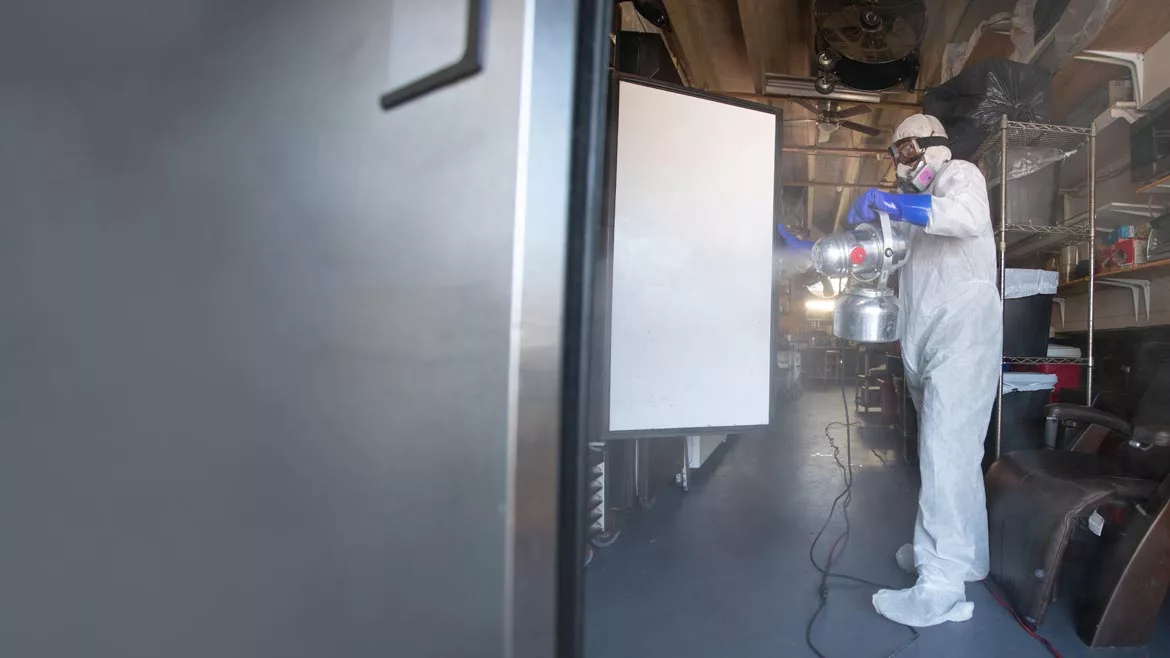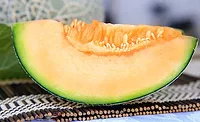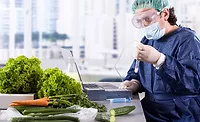Controlling Sanitizer Concentration in Water

Getty images/E+/ThePalmer
Sanitizer level control is required in many systems where sanitizers are used to control microbiological growth, avoid cross-contamination, or sanitize as part of a HACCP plan. These systems include dump tanks, water conveyors, wash systems with flumes or float tanks, and some spray systems where water is recycled. Chlorine is the most common sanitizer and the one with the most developed control. As such, chlorine is frequently used in the following example; however, the concepts discussed here have application to other sanitizers, as well.
The system requirement is the first question when considering control. The tighter the control window, the greater the required precision and accuracy. Controlling chlorine between 2 ppm and 5 ppm is much more challenging than controlling its level between 7 ppm and 15 ppm. Knowing the minimum acceptable level is an important input for assessing the ability of a monitoring system or other measurement system to control the wash chemistry. The minimum acceptable level is specific to each application.
In considering the suitability of a sanitizer control system, monitoring the sanitizer level is fundamental. The suitability of monitoring devolves to managing three sources of error:
- Errors in calibration
- Errors in sampling (time and space)
- Errors in the detection process.
Control will never be better than the ability to monitor, but it can be worse. For brevity, this discussion will ignore the complexities associated with converting the knowledge of level to control. The ultimate accuracy of any control system is dependent on the ability to control or mitigate these three sources of error in monitoring. It is impossible to eliminate error, and uncertainty in monitoring will always remain. It is important to limit this uncertainty to achieve the desired level of control and achieve the intended fitness-for-purpose standard.
Control of errors in calibration is linked to having standards of known quality and a validated calibration procedure. In many areas of science, high-quality reference materials can be purchased. Also, vendors can provide chlorine reference standards. These standards usually do a good to excellent job of covering total chlorine, but they can lack information on free chlorine or hypochlorous acid unless pH control is provided. These standards can be prepared and linked to high-quality reference materials, such as stable powdered oxidants, through classical analytical methods such as titration. In many cases, such as with chlorine, the reference material must be presented to the sensor or detection system in a way that mimics the actual use because the flow of the standard affects the observed concentration. This is a characteristic of coulombic sensors, where the analyte is consumed during the measurement.
Membrane-covered sensors can have similar problems related to the diffusion of the analyte into and out of the sensor chamber. These concerns and others can be addressed by a validated calibration procedure. Such a procedure can also serve as a verification procedure to ensure that the system remains in calibration during operation.
Much of the calibration effort can be completed by the suppliers that deliver secondary standards or materials for monitoring. However, this should be handled as a "trust, but verify" activity. In the case of chlorine, many companies rely on diphenyldiamine (DPD) tests, which require the calibration of both the reagents and the spectrophotometer. These can be acceptable if they are validated as fit-for-purpose. These kits are usually intended for one-time measurements and generally lack the precision and accuracy needed to calibrate a continuous monitoring system. The manual procedure for DPD testing makes them highly subject to the next family of errors.
Looking for quick answers on food safety topics?
Try Ask FSM, our new smart AI search tool.
Ask FSM →
The family of errors associated with sampling is more complex and includes both time and space parameters. Manual monitoring with DPD kits or similar systems for other sanitizers is often too slow for dynamic systems with variable sanitizer demand or inhomogeneity. This, again, brings up the fitness-for-purpose question that is specific to each application. Increasing the frequency of sampling is the best way to address variability. Manual procedures are generally too slow to provide useful monitoring of sanitizer concentration if the sanitizer is important to the safety of the food product. The fresh-cut produce industry is moving to continuous monitoring for this reason.
The problem of inhomogeneity can be addressed by ensuring that the minimum level is present at all locations in the system. This knowledge can be obtained by measuring concentration at diverse locations and identifying the lowest location for future monitoring. These activities are critical to validating a control system as meeting the fitness-for-purpose objective.
Errors in the detection process are the last area to address. The specificity and sensitivity of the detection process are critical. Interferences, stability, and reliability factor into the selection of the detection process. It can be tempting to use a surrogate measure when a suitable direct detection process does not exist. The use of Oxidation-Reduction Potential (ORP) sensors to control chlorine is an example of this approach. Unfortunately, ORP rarely if ever meets the fitness-for-purpose requirements of chlorine measurement when validation is attempted. Validation of a detection process normally requires a so-called "Gold Standard" method—a procedure that is known to give an accurate and precise result. Gold Standard methods are generally not suitable for routine monitoring; however, they can be used with standard additions protocols to validate control of matrix effects.
Whether one makes or buys a monitoring system, it is important to understand its capabilities and ensure fitness-for-purpose. A useful system will address all three sources of error. Without a validated monitoring system, it is not practical to control sanitizer concentration. Without control of sanitizer concentration, it is unrealistic to assert that the process is in control. Sanitizer effectiveness must be verified as an important preventive control in every HACCP plan.









